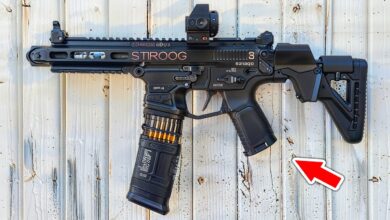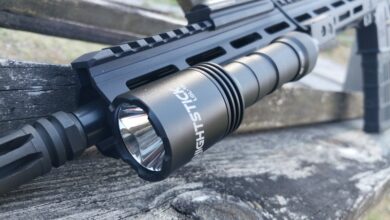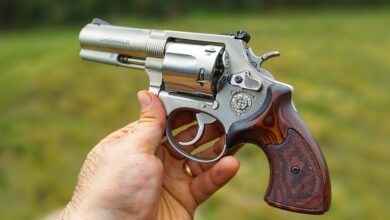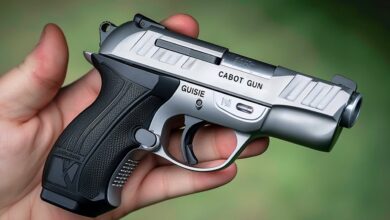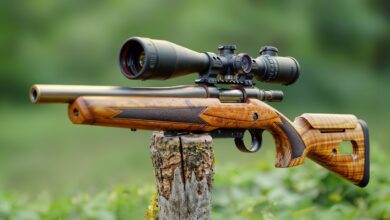ProMag Magazines: Garbage or Gold?

ProMag Industries has been making firearms accessories in Phoenix, Arizona, since 1978. However, the company was not called ProMag until 2014. ProMag has a long line of accessories, from stocks to gunsmithing gear. However, they are best known, for better or worse, for their catalog of magazines. ProMag produces magazines for common and obscure firearms of all kinds, and anyone I have talked to cautioned me to avoid their products like the plague. As it happened, I have been using ProMag magazines off and on since before the name change. Here is why ProMag magazines can both suck and be a saving grace.
ProMag Magazines: The Good
I first used ProMag magazines after buying a Walther PP in .32 ACP before finding out that replacement magazines were hard to find. ProMag made them, so I bought a few. I still have them, and they function perfectly. Likewise, one of my favorite .22 rifles is the Marlin Papoose. But no one makes a factory magazine that holds more than ten rounds. ProMag has a 25-round “banana clip.” The entire magazine body is made of polymer, which is something I ordinarily would not go for, but I have owned several, and they have functioned very well.
Although the construction of their magazines is less than perfect, ProMag fills a niche other makers neglect–producing magazines for obscure guns. The Walther PPK in .380 is a popular handgun. The PP in .32 was popular…decades ago. The magazines are longer and skinnier than what you can find for a PPK. Original magazines are great when you can find them. In a world dominated by Ruger rimfire rifles, it is hard to find aftermarket high-capacity magazines for other .22 rifles, but thankfully, ProMag has an answer.
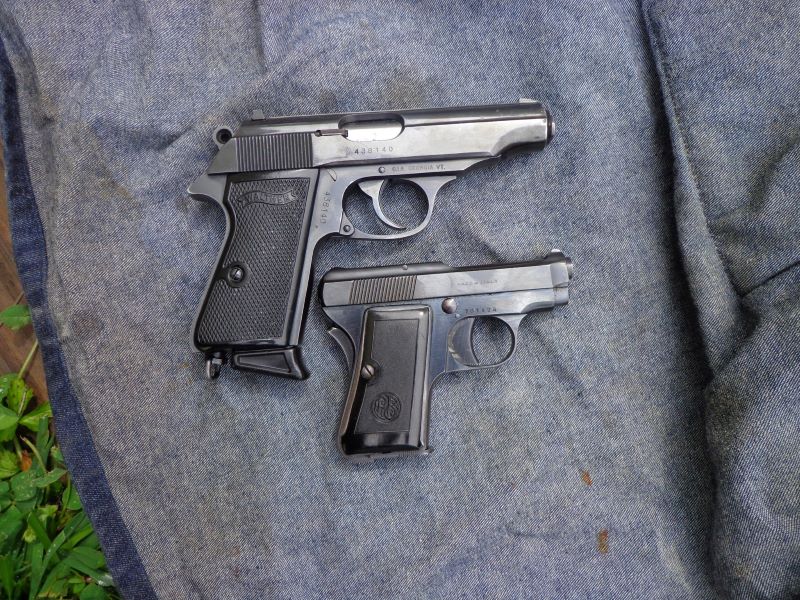
The Bad
As touched on earlier, a downside of ProMag magazines is their hit-and-miss construction. ProMag magazines are cheap for a reason, and it shows in the shortcuts in the manufacturing process. Sometimes, those shortcuts actually work in your favor. In the case of those Papoose magazines, the upper part of the magazine that fits into the magazine well is a separate piece of polymer dovetailed into a larger body that holds most of the ammunition.
This allows ProMag to make different types of .22 magazines and simply change the upper portion to produce another make and model of the magazine. Being all polymer isn’t much consequence, as it is lightweight and generally durable enough for what you might expect to do with a rimfire. But aside from exceptional circumstances, shortcuts are definitely not good, from the drawing board to the shooting table.
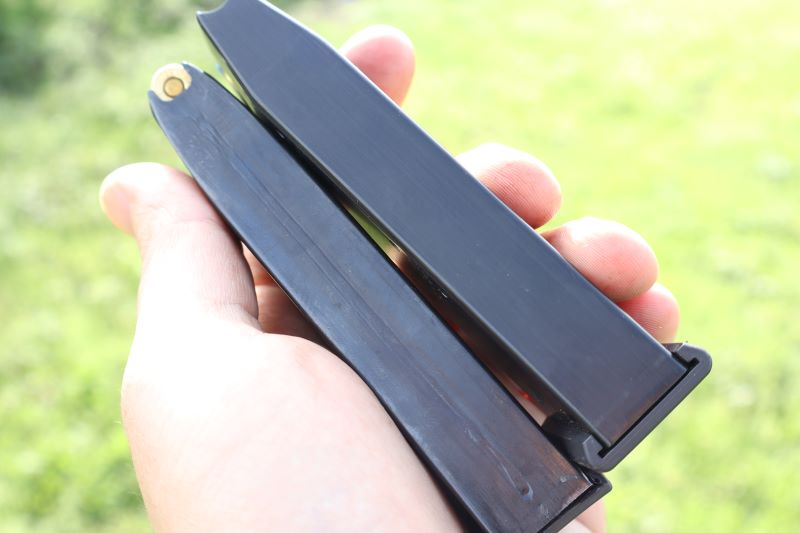
Many ProMag steel magazines have prominent weld marks and ill-fitting polymer baseplates with larger inletting gaps than magazines from competing makers. Superficial weld marks are one thing, but flimsy baseplates are quite another when it comes to fit and functionality. This is compounded by the greatest criticism of ProMag’s products—the magazine springs themselves.
Alternative Methods
Some users have gone so far as to buy ProMag magazines for the savings, dump the existing springs, and replace them with Wolff springs for excellent reliability in the field. But if you are buying a new magazine to equip yourself for the range, hunting, or personal defense, chances are you do not want to mess with the equipment any more than you have to. In the case of many of ProMag’s products, they use chrome silicone magazine springs. This type of spring steel became popular in the mid-2000s, and it was the latest technology at the time. The biggest problem is not so far as the materials themselves but how they are heat treated.
Modern springs are made to be compressed and wear occurs from constant compression and decompression. However, with an improper heat treatment, it is possible for the spring to incur damage from simply loading the magazine and keeping it loaded for a period of time. Spring compression damage is often considered to be a myth, or something consigned to older firearm designs, but I have seen it happen on new magazines and especially with ProMag products.
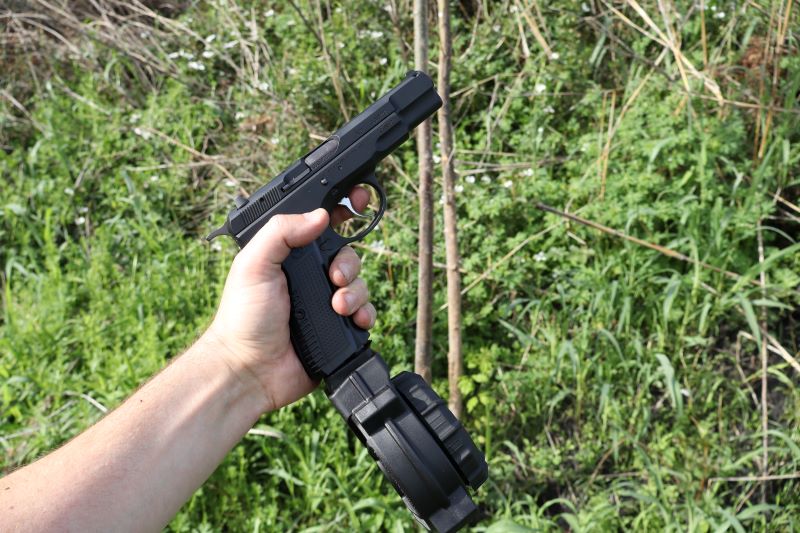
ProMag: Worthy of the Range Bag
There are plenty of experienced shooters out there who would not touch a ProMag product with a 10-foot pole. ProMag products are derided as garbage that one simply should not trust their lives to. There are others who will buy them because of their interesting designs or because they need something for the gun they have, and what is on the shelf is a ProMag. Maybe you have a Walther PP or a Beretta 21A in .25 ACP. Or maybe their many drum magazines would be cool to shoot on the range. I tread somewhere in the middle as I have found ProMag products useful for my weird, old guns and for everyday range work with my defensive and hunting guns.
Some ProMag products are utterly reliable out of the box, while others have problems out the gate. Given the rumors of bad springs, my fix is to download my ProMag magazines as a rule by a round or two to keep the springs from being fully compressed. But even if you don’t baby them, problematic ProMags can be very useful to do live-fire malfunction clearance drills when used in conjunction with your dedicated and reliable mags. For the price savings you get by going with ProMag, there are plenty of opportunities.
The post ProMag Magazines: Garbage or Gold? appeared first on The Mag Life.
Read the full article here

